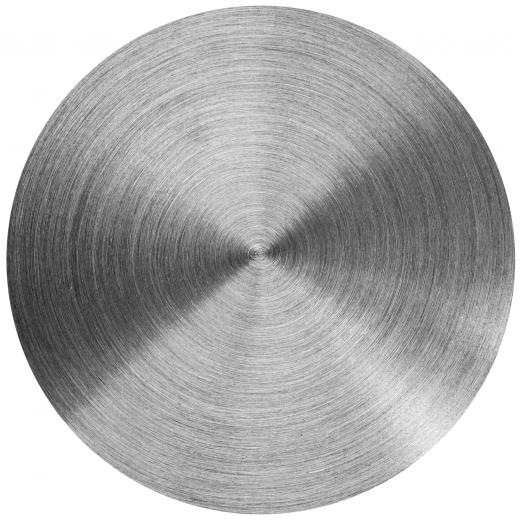Stress relieving steel is a heat treatment process that involves subjecting a steel workpiece or part to a specific temperature for a particular amount of time. The temperature at which stress relieving takes place is determined by the transformation temperature, which can be a different figure for various steel alloys. Each steel workpiece can also require a different amount of time, as the entire part must be allowed to reach the stress relieving temperature. After the desired temperature has been reached, the workpiece can be removed and allowed to cool down. This process typically takes place after machining, and it is meant to remove internal stresses from the steel.
Steel is an iron alloy that can contain varying amounts of carbon, though other metals such as manganese and tungsten can also be used. This metal alloy is very strong and resilient, but machining it can introduce undesired stresses into the physical structure of a part. Stress relieving steel is one way to deal with this situation, and machined steel parts may warp or crack during use if this type of action is not taken. This process can relieve over 90% the internal stress within steel, and is particularly useful for large cast or welded parts, in addition to workpieces from which a lot of material was removed during machining.

The general process for stress relieving steel is the same for all different alloys, though the specifics of the procedure can differ. This process involves introducing heat to steel parts after the machining process, the exact temperature of which depends on the alloy in question. In general, the stress relieving temperature is around 75° C (170° F) less than the transformation temperature steel. Since steel typically has a transformation temperature of about 730° C (1340° F), the correct temperature for stress relieving steel is roughly 655° C (1170° F). Alloys that make use of other metals, or significantly different carbon levels, typically have higher transformation temperatures, so stress relieving those types of steel often requires more heat.

After a machined steel workpiece has been subjected to the stress relieving temperature, it has to be left there until the part has heated up all the way through. At that point, the part can be removed from the heat, and the final step of stress relieving steel is to allow the workpiece to cool down. There is no quenching involved in this part of the process, and the parts are typically left to air cool without the benefit of fans or any other external cooling methods.
